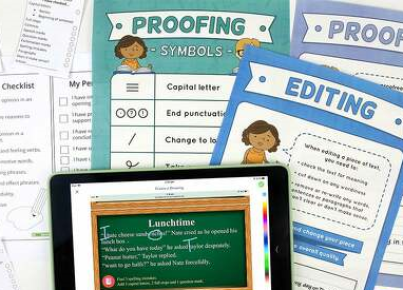Writing a historical recount allows you to share past events with others and preserve the stories that shaped our world. Whether recounting personal experiences or researching historical events, careful planning and execution can make all the difference. Follow these steps to create an engaging and accurate historical recount.
1. Choose a topic
First, select a historical event or period you wish to describe. Ideally, this should be a topic that interests you as it makes the research and writing process more enjoyable. Consider factors such as the availability of source material and whether the topic has already been well-covered.
2. Conduct thorough research
The foundation of any excellent historical recount is accurate research. Consult primary sources, such as letters, diaries, newspapers, and official documents. Additionally, make use of secondary sources, like books and academic articles written by historians who have analyzed the event.
Remember to keep track of your sources for referencing purposes and to verify any conflicting information.
3. Develop your thesis
After gathering adequate information, synthesize your findings into a clear thesis statement. Your thesis should address the event’s significance or reveal new insights into its causes or consequences.
4. Create an outline
Before diving into writing your historical recount, craft an outline to help you organize your thoughts more coherently. Identify the main points you want to address chronologically and support them with evidence from your research.
5. Write an engaging introduction
Begin your historical recount with a captivating introduction that presents your thesis statement and gives readers an overview of the event or period being discussed.
6. Provide necessary background information
To help your reader understand why the event holds significance in history, relate it to its broader context by providing relevant background information about the time period or circumstances surrounding the event.
7. Present a chronological account of events
Using your outline as guidance, present a detailed account of the events following a logical and chronological order. Ensure that you maintain historical accuracy and provide evidence from your research to support your narrative.
8. Analyze your findings
Rather than merely regurgitating historical facts, assess the implications of the event or period under discussion. Analyze the causes or consequences of the event and how it has shaped history or influenced the contemporary world.
9. Write a conclusion
Summarize your historical recount in a concluding paragraph that restates your thesis in light of the evidence presented throughout your work. Briefly discuss any lingering debates or unanswered questions related to your topic.
10. Edit and revise
Finally, review and edit your historical recount for clarity, coherence, and accuracy. Check for grammatical errors, inconsistencies in style, and ensure that proper citations have been used.
By following these ten steps, you will be well on your way to crafting an engaging and accurate historical recount that informs and inspires readers. Remember that practice makes perfect, so keep honing your research and writing skills to excel in this important form of storytelling.




